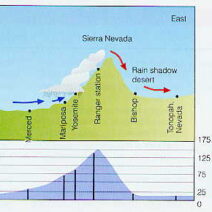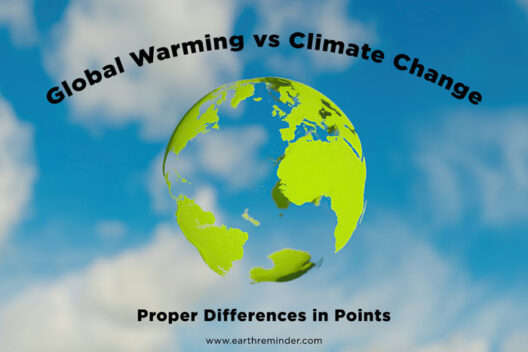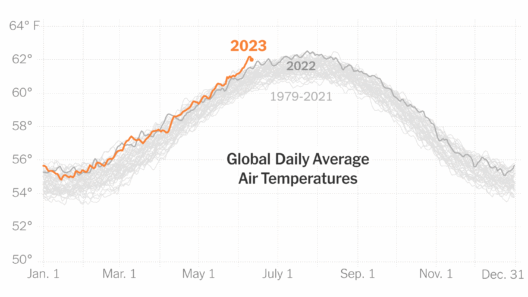In the intricate landscape of climate discourse, Stephen Law’s “A Brief Guide to Global Warming” emerges as a significant beacon. This work compellingly elucidates the multifaceted dimensions of global warming, challenging entrenched beliefs and offering a fresh perspective on a pressing issue that demands immediate action. Law, alongside co-author Jessica Wilson, meticulously unravels the complexities surrounding climate change and provides a succinct yet comprehensive overview that will resonate with a diverse audience.
The text begins by defining global warming, intricately linking it to broader concepts of climate change. It’s imperative to understand that global warming pertains specifically to the increase in Earth’s average surface temperature due to human activities, particularly the combustion of fossil fuels, deforestation, and industrial processes. These activities release greenhouse gases—primarily carbon dioxide, methane, and nitrous oxide—into the atmosphere, creating a “greenhouse effect” that traps heat and alters weather patterns.
Law’s discussion on the historical context of global warming is particularly enlightening. He delves into the Industrial Revolution, marking it as a turning point in humanity’s relationship with nature. Pre-industrial society relied on renewable resources; however, the advent of machinery and fossil fuel dependence initiated an era of unprecedented environmental transformation. This point serves not merely as a historical recount but rather as a poignant reminder of humanity’s choices leading to our current predicament. Recognition of this timeline may incite critical reflection among readers regarding their role in perpetuating or mitigating climate change.
Furthermore, “A Brief Guide to Global Warming” elucidates the scientific consensus surrounding climate change. Law references the findings of the Intergovernmental Panel on Climate Change (IPCC), which is pivotal in reinforcing the urgency of the situation. It reveals that global temperatures have risen significantly over the last century, correlating with an observable increase in extreme weather events—ranging from devastating hurricanes to prolonged droughts. This empirical data is crucial for illustrating the tangible effects of climate change, compelling readers to acknowledge its immediacy.
The narrative progresses to explore the societal and environmental ramifications of global warming. Law tactically highlights how vulnerable communities, particularly in developing nations, bear the brunt of climate change impacts despite contributing minimally to the problem. This inequity serves as a clarion call for social justice, prompting a shift in perspective among readers to consider the ethical implications of climate inaction. Through human stories and stark statistics, the guide evokes empathy while spurring a collective responsibility towards equitable climate solutions.
As the chapter unfolds, the reader is drawn into the intricate web of biodiversity loss associated with global warming. The text imparts a vivid portrayal of how rising temperatures disrupt ecosystems, threatening countless species with extinction. Coastal habitats, tropical forests, and polar regions are exemplified as particularly susceptible environments. Law paints a grim picture of a future devoid of rich biodiversity, underlining the intrinsic value of ecosystems not just for their beauty but for the ecosystem services they provide, such as pollination, water purification, and carbon sequestration. This section is incredibly poignant, serving both an informative and emotional purpose, thereby piquing curiosity about the future state of our planet.
Transitioning into mitigation strategies, the guide advocates for a multifaceted approach to address global warming. Law discusses renewable energy solutions, such as solar, wind, and hydroelectric power, as viable alternatives to fossil fuels. Transitioning to these cleaner energy sources is not merely a technical necessity; it represents a profound opportunity for innovation and economic revitalization. His energy transition discourse underscores that the fight against climate change can coincide with job creation and technological advancement, inviting readers to envision a sustainable yet thriving economic future.
Additionally, Law emphasizes the importance of individual actions, alongside systemic changes, in combating global warming. Readers are encouraged to contemplate personal choices—such as reducing meat consumption, minimizing waste, and advocating for policy changes. This dual approach, uniting personal responsibility with larger-scale governmental action, fosters a sense of agency. Each choice, however small, can cumulatively lead to remarkable societal shifts. Highlighting stories of grassroots movements alongside legislative advancements, the guide sparks a curiosity about how local actions can ripple outwards, contributing to global change.
The concluding sections of the guide delve into the critical need for global cooperation. International agreements, such as the Paris Accord, are discussed, as they symbolize a unified commitment to combat climate change. However, Law critically examines the ongoing challenges to effective implementation. He empowers readers to consider their roles in urging governments and corporations to uphold commitments while advocating for more robust climate policies. This underscores an essential premise: that combating global warming is not merely an individual concern, but a collective endeavor transcending national borders.
In summation, “A Brief Guide to Global Warming” by Stephen Law is an essential manuscript that melds engaging narrative with scientific rigor. It compels readers to transcend passive observation and pursue active engagement with a climatological crisis that affects every corner of the globe. With its promise of eliciting a paradigm shift in understanding global warming, the guide does more than inform; it serves as a clarion call for sustained action and cooperation to safeguard the future of our planet. Embracing this challenge is crucial, and it begins with informed, conscientious individuals equipping themselves with knowledge. This book thus stands as a vital resource, encouraging readers not only to grasp the realities of climate change but also to ignite their curiosities about how they can contribute to a more sustainable future.







